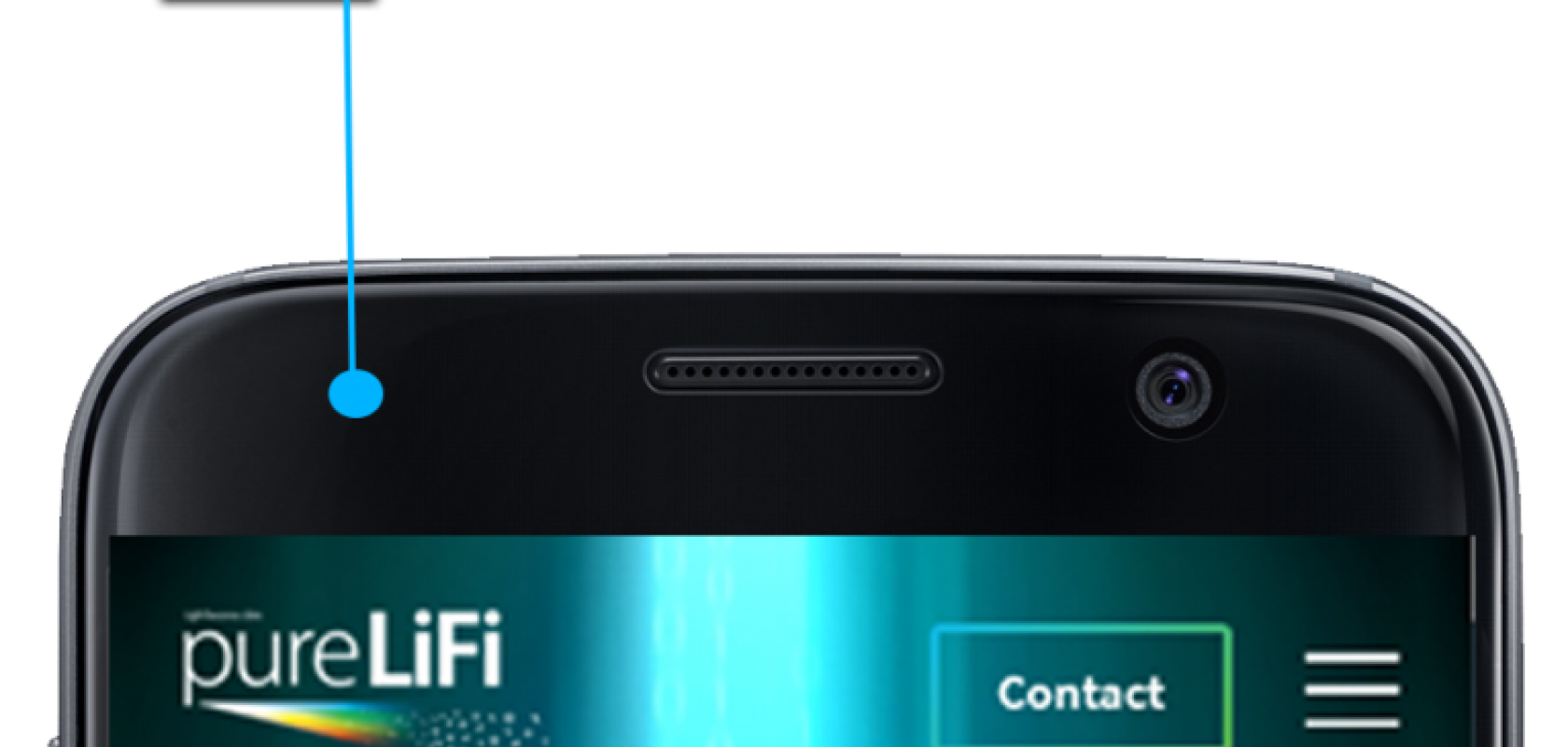PureLiFi, a developer of LiFi technology, has raised $18m in a series B funding round, which will enable the firm to provide components to mass-market mobile device and lighting manufacturers.
The funding round included Temasek, an investment company headquartered in Singapore, and the Scottish Investment Bank. The investment will allow the company to further develop Gigabit LiFi components and make them available in form factors ready for mobile device integration.
Light fidelity (Li-fi) is a mobile wireless technology that uses light rather than radio frequencies to transmit data. Li-fi comprises of multiple light bulbs that form a wireless network. When an electrical current is applied to a LED light bulb, a stream of photons is emitted from the bulb. LED bulbs are semiconductor devices, which means that the brightness of the light flowing through them can be changed at extremely high speeds. This permits the transmittance of signals through modulatiion of the light at different rates. The signal can then be received by a detector which interprets the changes in light intensity (the signal) as data.
PureLiFi announced its move from li-fi systems to components at Mobile World Congress in February where it demonstrated new Gigabit li-fi integrated into a laptop. Since this announcement, PureLiFi has been working with device manufacturers to integrate li-fi technology into commercial laptops, tablets and mobile devices.
Recently, PureLiFi announced its collaboration with Getac, a manufacturer of tablets and PC’s. The firm has also partnered with companies across several industries such as telecommunications company O2 Telefonica and lighting companies Zumtobel and Wipro.
'Device manufacturers are looking for new ways to provide devices with faster, more reliable and secure connectivity. LiFi is the natural next step in the evolution of global wireless communications and pureLiFi is leading the way to provide this technology to the market,' said PureLiFi CEO Alistair Banham. 'Our investors believe in our team and our strategy to provide li-fi for every light and every device, and we have the products to support mobile device integration of li-fi.'
Professor Harald Haas, co-founder and CSO, added: 'After more than a decade of persistent and systematic development of key technologies for wireless communications using light and the demonstration of the almost unlimited capabilities of li-fi for secure gigabit wireless connectivity for many use cases such as machine-to-machine communication, we are now at the precipice of a watershed moment for li-fi. I am absolutely delighted that we are now empowered to get the li-fi mass-market avalanche in motion!'
Related stories: Communicating at light speed: Carlos Lee speaks to pureLiFi founder Professor Harald Haas
Let there be li-fi: Connecting to the internet using LEDs
Currently, the technology is being globally standardised under 802.11, which is on schedule to be fully ratified in early 2021. In June of this year, a global Light Communications Alliance (LCA) was formed to develop new use cases, educate the market and advocate the use of standards for this emerging industry. The organisation was founded by leading industry brands such as Nokia and Liberty Global along with LiFi providers, including pureLiFi.
Global Market Insights projects the li-fi market will reach $75 billion by 2023. Demand for wireless connectivity is growing exponentially due to the fast growth in smart living, massive IoT, VR/AR and autonomous systems. Li-fi can serve as the largest pipe for data providing 1,000 times the bandwidth of the entire radio spectrum. This latest investment will allow PureLiFi to not only take advantage of this massive market opportunity but lead the advancement of li-fi chipsets for consumer devices, bringing the technology ever closer to the hands of everyone.


